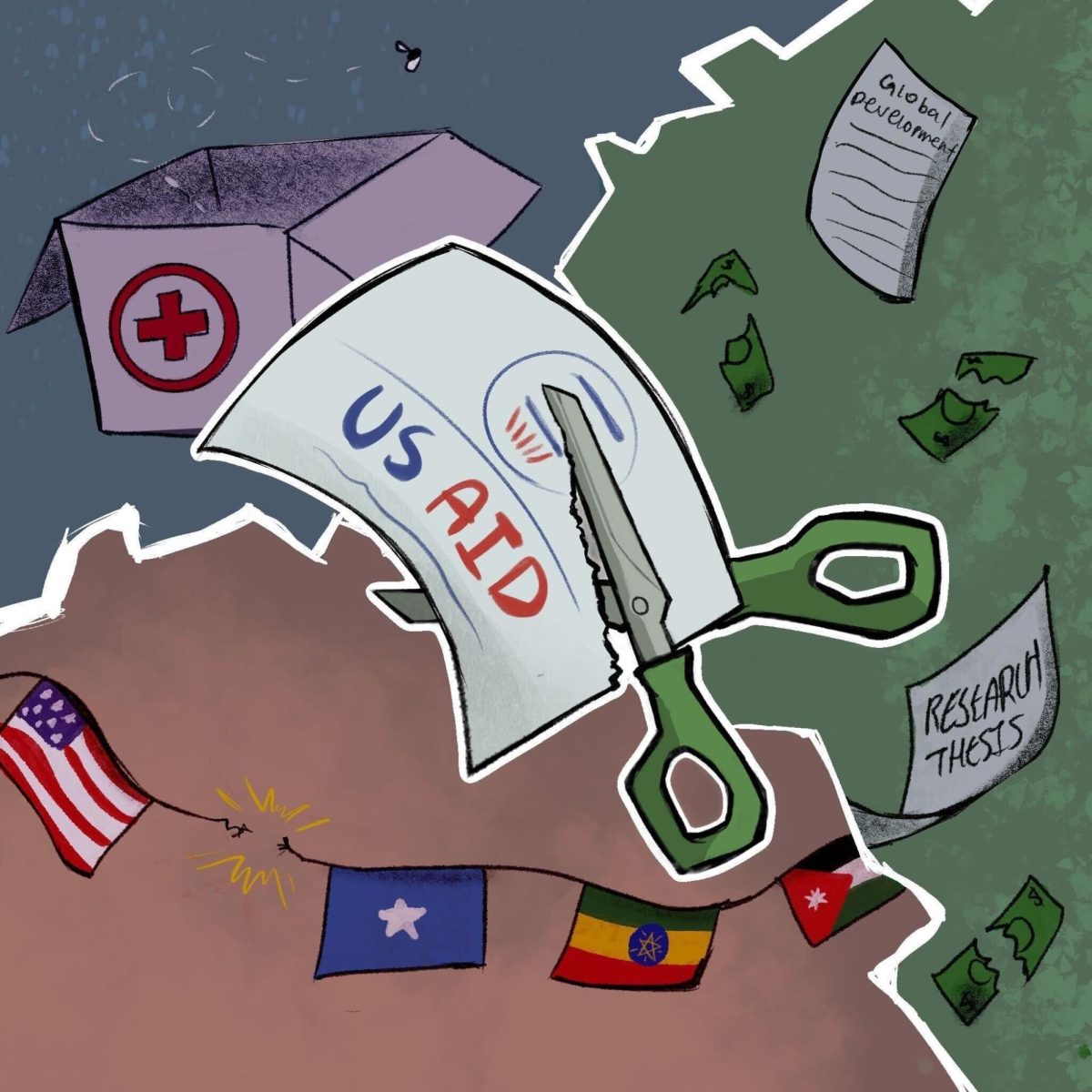KABUL, Afghanistan — Insurgent attacks in Afghanistan from July through September fell by 26 percent from the previous summer, a senior NATO official said Saturday, reasserting the U.S.-led coalition’s claims that violence is decreasing a decade into the Afghan war.
For five straight months ending in September, the number of attacks by insurgents targeting the Afghan government and coalition forces declined from the previous year, the first time that’s happened since at least 2008, said the official, who briefed reporters on condition of being granted anonymity. However, overall attacks remained markedly higher than in 2009, before the U.S. troop surge.
“What you’re seeing is the effect of two hard years of fighting,” the official said, referring to the deployment of 30,000 additional U.S. soldiers — primarily in the Taliban’s traditional southern heartland — whose presence alongside a growing number of Afghan forces disrupted insurgent networks, hideouts and weapons caches.
“We started to set the conditions, we started to put the pressure and now we’re seeing this decrease. So I think this is pretty dramatic.”
The official acknowledged that overall violence nationwide remains high, but the statistics by the International Security Assistance Force, or ISAF, served as something of a rebuttal to a United Nations report released last month that found that the average number of “security incidents” per month had risen by 39 percent over the previous year.
The U.N. report also found that civilian casualties had risen 5 percent in June, July and August from the same months last year, after a 15 percent hike for the first six months of the year.
The U.N. data includes some categories of attacks that coalition forces don’t count. Asked to explain the discrepancy with U.N. figures, the NATO official said, “I don’t know how they collect their data. I don’t compare mine to theirs.”
While the coalition’s optimism was certain to be greeted skeptically by war-weary Afghans, NATO said the decline in “enemy-initiated attacks” — including direct and indirect fire, roadside bombs and mine explosions — was mainly the result of U.S.-led forces stepping up operations in southern Afghanistan beginning in the spring of 2010, breaking through belts of roadside bombs laid by insurgents.
U.S. commanders expected the insurgency to adapt by carrying out more spectacular attacks such as assassinations and bombings inside the capital, Kabul. More than 130 prominent Afghans — ranging from tribal elders to former President Burhanuddin Rabbani, killed in his Kabul home last month — have been assassinated this year, a 60 percent spike from 2010, according to ISAF figures.
But such high-profile attacks represent just 1 percent of the overall violence, the NATO official said. Of 15 high-profile incidents in Kabul this year, he said that 11, including Rabbani’s assassination, were “planned, facilitated and directed” by the Haqqani insurgent network based over the border in Pakistan.
With 10,000 mostly non-combat U.S. troops withdrawing by year’s end, and an additional 23,000 departing by next September, the official said that the gaps would be filled by a larger and increasingly capable Afghan army. But he acknowledged that the security gains were tenuous.
“This is real progress but I still classify it as fragile,” he said. “If we don’t continue to put pressure, then it could be reversible. And durability is the big question.”
Also Saturday, five insurgents in an explosives-laden SUV attacked the entrance of a U.S. base in Panjshir province’s Rukha district, northeast of Kabul, killing two civilians and wounding two Afghan guards. No Americans were reported harmed. Afghan police killed all five attackers, said Khalil Ull-Rahmman, chief of police in Rukha.
The Taliban claimed responsibility for the attack in a statement on its website. The base, in normally placid Panjshir, houses a provincial reconstruction team — military officers and civilians who work on a variety of political and economic development projects.







